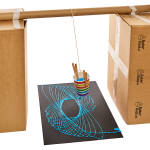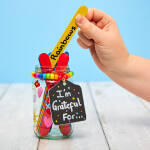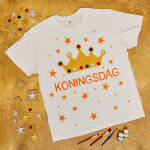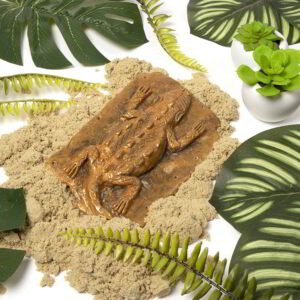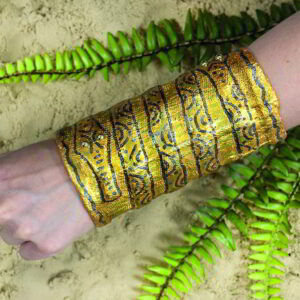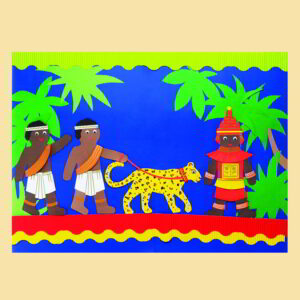Skill Level
Beginner
Time to Make
2 hours + drying time for ModRoc and paint.
Adult Supervision Needed
Yes
How to Make
- To make the bird’s neck, bend 2 pipe cleaners in half then twist them together to make a 15cm length. Use a 5cm polystyrene ball for the body. Make a hole in the polystyrene ball with a pencil. Push one end of the twisted pipe cleaners into the hole so the ball is fixed on the end then attach a small 2.5cm ball on the other end for the head.
- Wrap a loosely scrunched sheet of tissue paper around the body, tuck the ends around the ball to make an egg-shape then wrap masking tape over the top to hold it in place.
- Scrunch up ¼ sheet of tissue, wrap it around the head then stick masking tape over the top to hold the shape. Wrap tissue and masking tape around the neck to make it thicker.
- To make the legs, twist 2 pipe cleaners together. Bend the pipe cleaners in half, turn the body upside down then attach the pipe cleaner with a piece of masking tape across the middle. Add another piece of masking tape to hold the legs in place if necessary.
Cut a drinking straw in half to make 2 pieces approximately 10cm in length. Push the ends of the pipe cleaner legs inside the 2 straws then bend out the ends. - Place the bird in the middle of a wooden coaster. Tape over the bent ends of the legs.
Add more tape around the legs until the bird stands up straight without holding it. - Cut 15 strips of ModRoc 8-10cm in length. Dip the strips one at a time into water, soak for 30 seconds then squeeze out any excess water. Start wrapping ModRoc around the legs with the bird standing upright on the base. Add more ModRoc strips over the feet and between the top of the legs make it more stable. Once you’ve done this, the bird can be placed on its side to cover the body. Add ModRoc strips over the body, neck and head until the shape is completely covered. Smooth the surface of ModRoc as you add each new piece. Roll small ModRoc pieces for the eyes by pressing bandage into 2 pea-sized balls then pressing them onto the sides of the head. Leave to dry.
- Use 2 small cardboard plates for the wings. Start by cutting out a ¼ section wedge from a small cardboard plate. Cut off a curved edge from the plate, making the cut across the plate, 5cm from the outer edge and parallel to one of the quarter cuts. Trim the corners into curves to shape the wing. Turn the wing over with the white side facing up, place it over another small plate with the coloured side facing up. Draw around the wing then cut around the outline out to make a symmetrical matching wing.
- Cut out a wedge shape for the tail from a left over piece of cardboard plate then tape it onto the body. Tape the two thin curved left over pieces together to make the beak. Trim the card to make a beak 10cm in length then tape it onto the head. Add a small piece of ModRoc over the joins where the tail and beak meet the body. Leave to dry.
- Mix up a dark brown paint from ochre and a small amount of black, or use a different colour if you prefer. Brush paint over the bird’s body, wings, tail, beak and the base. Leave to dry then brush bronze or gold paint over the top.



Top Tip
The finished bird can be left as a freestanding sculpture or attached to a tube to look like a traditional percussion instrument.
Tagged with:






